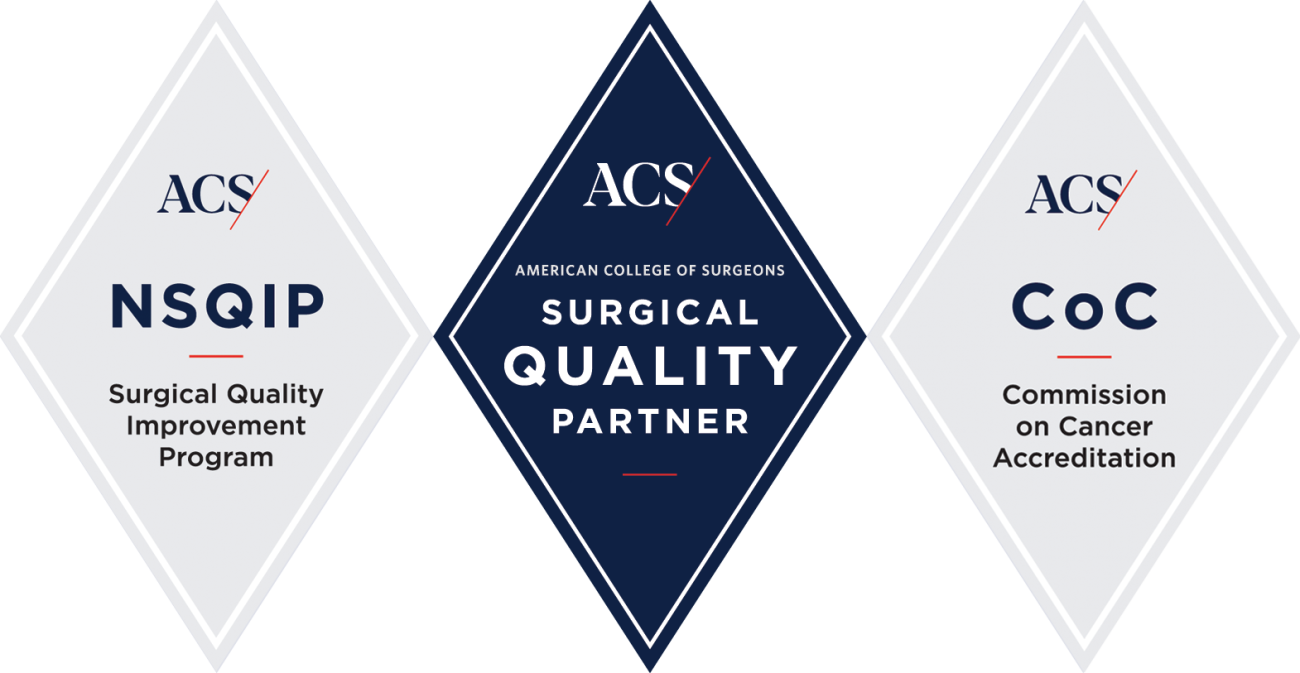Surgery to remove the cancer is a primary treatment for neuroendocrine tumors. An important part of your diagnosis is a determination of whether your cancer can be removed with surgery (resectable) or not (unresectable). Surgical treatment for your neuroendocrine tumor is based on where the tumor is located and whether it has spread.
- Removing the entire gland or organ that contains the tumor, such as surgery to remove your entire pancreas, appendix or thymus.
- Removing the section with the cancer, such as partial gastrectomy to remove a segment of the stomach or Whipple surgery that removes the head of the pancreas.
Minimally invasive surgery
Some neuroendocrine tumors can be removed with minimally invasive approaches that result in a smaller operation and faster recovery:
- Endoscopic procedures involve operating through an endoscope (thin, lighted tube with a camera) that’s inserted through a natural body opening such as the mouth, nose or rectum. Your surgeon may use an endoscopic procedure to remove a small neuroendocrine tumor from the stomach, duodenum (first part of the small intestine) or the rectum.
- Robotic surgery. In this highly specialized approach, the surgeon operates through a few tiny “keyhole” incisions in the abdomen. A tiny lighted camera is inserted through one incision providing a magnified view of the operating field. Robotic instruments are inserted through other keyholes and controlled by the surgeon from a console. This provides superior 3D visualization, improved dexterity and more degrees of mobility, which allows the surgeon to perform surgery with more precision.
The Roswell Park advantage in surgery
Roswell Park is a high-volume center for robotic surgery, including for tumors in the pancreas. A highly specialized operation, robot-assisted procedures are associated with:
- Reduced hospital stay
- Less pain and less blood loss
- Faster recovery
